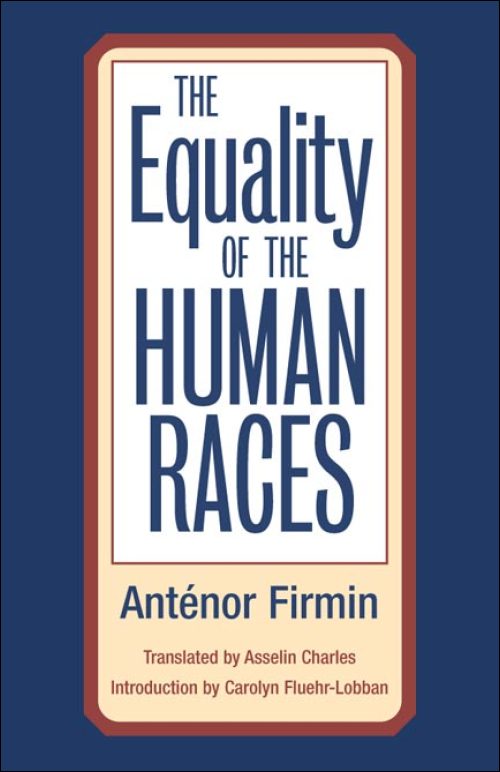Reproducing Race: The Paradox of Generation MixPosted in Books, History, Identity Development/Psychology, Media Archive, Monographs, Politics/Public Policy, Social Science, United States on 2013-04-03 00:01Z by Steven |
Reproducing Race: The Paradox of Generation Mix
Lynne Rienner Publishers
October 2010
325 Pages
Hardcover ISBN: 978-1-58826-751-1
Paperback ISBN: 978-1-58826-776-4
Rainier Spencer, Director and Professor of Afro-American Studies; Professor of Interdisciplinary Studies
University of Nevada, Las Vegas
Is postraciality just around the corner? How realistic are the often-heard pronouncements that mixed-race identity is leading the United States to its postracial future? In his provocative analysis, Rainier Spencer illuminates the assumptions that multiracial ideology in fact shares with concepts of both white supremacy and antiblackness.
Spencer links the mulatto past with the mulatto present in order to plumb the contours of the nation’s mulatto future. He argues cogently, and forcefully, that the deconstruction of race promised by the American Multiracial Identity Movement will remain an illusion of wishful thinking unless we truly address the racist baggage that serves tenaciously to conserve the present racial order.
Table of Contents
- Introduction
- THE MULATTO PAST
- The Mixed-Race Background
- Of Tragic Mulattoes and Marginal Men
- Mulatto Writers on Marginality
- Imitations of Life
- Rejecting a Shared Past
- THE MULATTO PRESENT
- Postraciality, Multiraciality, and Antiblackness
- Resurrecting Old Myths of Mulatto Marginality
- The False Promise of Racial Bridging
- Assessing the New Millennium Marginal Man
- THE MULATTO FUTURE
- Whither Multiracial Militancy? Conserving the Racial Order
- Mulatto (and White) Writers on Deconstructing Race
- Beyond Generation Mix








